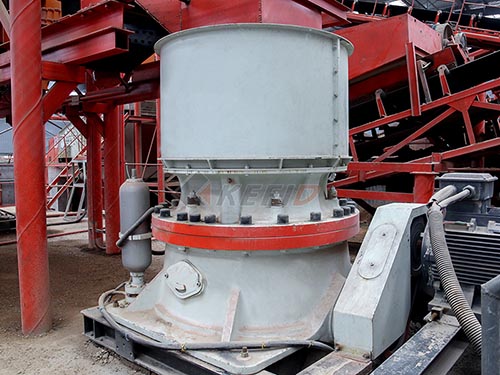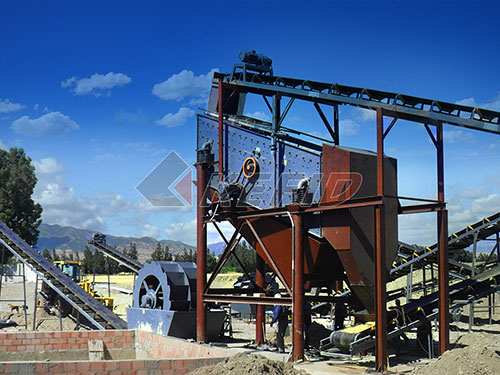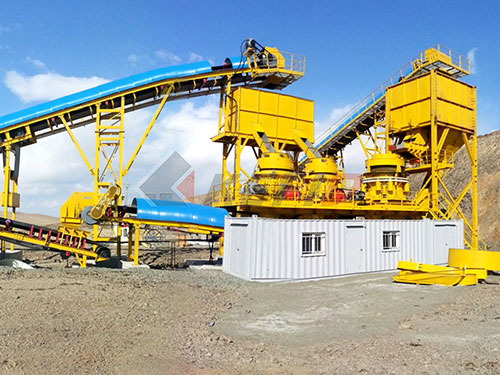The Mighty Rock Crusher: Heartbeat of the Quarry
The rhythmic, earth-shaking thud is the unmistakable pulse of a working rock quarry. It emanates from the colossal structure dominating the landscape – the rock crusher. More than just a machine, it’s the vital organ transforming raw, blasted bedrock into the essential materials that build our world.
From Blast to Bite:
Imagine a mountainside scarred by recent blasting, littered with jagged boulders ranging from the size of armchairs to small cars. Massive haul trucks deposit these unwieldy giants into a deep pit known as the primary crusher’s feed hopper. Here, the first stage of reduction begins.

The most common workhorse at this stage is the jaw crusher. Picture two massive plates of hardened steel: one stationary, the other moving in a powerful elliptical motion. Like a relentless mechanical jaw, it bites down on the boulders, squeezing and compressing them with immense force – often thousands of pounds per square inch. The rock fractures along its natural fault lines, shattering into smaller, more manageable pieces roughly 6 to 10 inches in diameter.
Refining the Product:
These primary-crushed rocks don’t stop there. Conveyor belts, like arteries pulsing with stone, carry them away from the jaw crusher towards secondary and sometimes tertiary crushing stages. Here, different types of crushers take over:
Cone Crushers: These operate on a gyrating spindle within a concave bowl. Rock fed into the top is crushed between the mantle (on the spindle) and the concave liner as it falls. Cone crushers excel at producing finer aggregates and more cubical-shaped particles compared to jaw crushers.
Impact Crushers: Utilizing high-speed rotors fitted with hammers or blow bars, these machines literally smash rock against breaker plates or anvils through sheer impact force. They are particularly effective for softer rocks and producing well-shaped aggregate for asphalt or concrete.
Each stage reduces the rock size further and shapes it according to specific requirements – whether it’s coarse aggregate for road base (“road base”), finer aggregates for concrete (“concrete aggregate”), or specialized sizes for railroad ballast (“railroad ballast”) or drainage applications (“drainage stone”).

Screening & Sorting:
Crushing is only half the story. Integrated vibratory screens are crucial companions to any crusher setup. As crushed material moves along conveyors, it passes over screens with

Leave a Reply